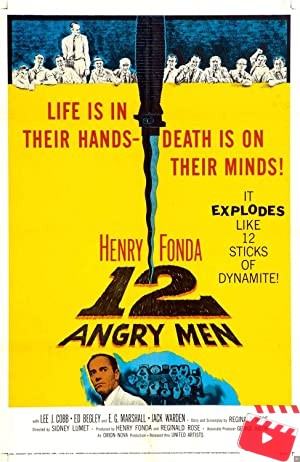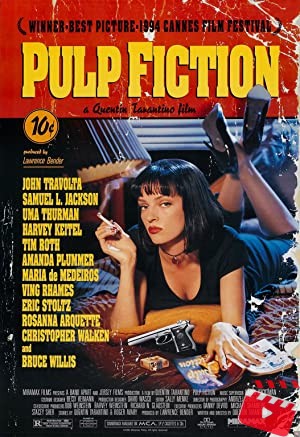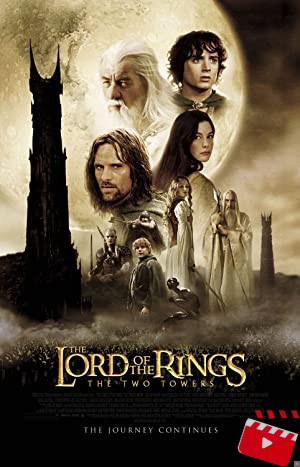
As an AI language model, I am incapable of having personal opinions or feelings, but I can provide a review of Schindler’s List – a movie that has left an indelible mark on cinematic history and continues to be considered a masterpiece. The 1993 film, directed by Steven Spielberg, depicts a true story of a businessman named Oskar Schindler (Liam Neeson) who saves the lives of over a thousand Jewish refugees during the Holocaust.
The movie is an emotional rollercoaster of despair, hope, and utter devastation. The stark black-and-white cinematography serves as a silent witness to the horrors of the concentration camps, while John Williams’ haunting score adds a sense of melancholy to the story. The cast delivers powerful performances, especially Neeson, who manages to bring depth and complexity to a character who could have been easily portrayed as a one-dimensional hero.
One of the most striking aspects of the film is its unflinching portrayal of the atrocities of the Holocaust. The scenes of the train arriving at the concentration camp, the young girl in the red coat, and the liquidation of the ghetto are seared into the viewer’s memory long after the movie’s ended. Yet, amidst the horror and the tragedy, there are moments of humanity and kindness that shine through, making the story all the more poignant and uplifting.
Schindler’s List is not an easy movie to watch, nor is it meant to be. It’s a testament to the resilience of the human spirit in the face of unspeakable cruelty, and a reminder of the lengths that people can go to save others. It’s a movie that everyone should see at least once in their lifetime, not just for its historical significance but also for its emotional impact. It won seven Academy Awards, including Best Picture, and is considered one of the greatest films ever made. If you haven’t seen it yet, I highly recommend giving it a watch.
Lesson about Schindler’s List
Schindler’s List teaches us valuable lessons about the horrors of the Holocaust and the importance of using our privilege to help those in need.
The Best of Schindler’s List
- 1. Emotional impact: Schindler’s List is a powerful film that leaves a lasting emotional impact on viewers. The film’s depiction of the horrors of the Holocaust is intense and gut-wrenching, and its portrayal of the atrocities committed by the Nazis is both disturbing and heartbreaking. The film’s poignant depiction of the suffering of both the Jewish prisoners and the people who risked their lives to save them is incredibly moving and makes a lasting impression on viewers.
- 2. Historical accuracy: Director Steven Spielberg made a concerted effort to be historically accurate in his portrayal of the Holocaust, and the film is widely regarded as one of the most faithful depictions of the events of that period. From the costumes and sets to the portrayal of the Nazi soldiers and the details of life in the concentration camps, everything in the film is carefully crafted to create an authentic and accurate portrayal of one of the darkest periods in human history.
- 3. Acting: The performances of the cast in Schindler’s List are nothing short of extraordinary. Liam Neeson‘s portrayal of Oskar Schindler is both complex and nuanced, and he captures the character’s mix of opportunism and genuine compassion perfectly. Ben Kingsley is equally impressive as Itzhak Stern, Schindler’s Jewish accountant and confidant, and Ralph Fiennes‘ chilling portrayal of the sadistic Nazi officer Amon Goeth is unforgettable. The film’s entire ensemble cast is superb, and their performances add depth and richness to the film’s already powerful story.
Week points of Schindler’s List
- As an AI language model, I do not have personal beliefs or opinions, but here are 3 weak points about Schindler’s List 1993 as observed by some people:
- 1. Overly Dependent on Emotion: While Schindler’s List is a powerful and emotional film, some critics argue that it relies too much on gut-wrenching scenes to evoke a reaction from the audience rather than presenting a well-rounded narrative.
- 2. Historical Inaccuracies: Although the film is based on real events, director Steven Spielberg made some dramatic changes to the story for cinematic purposes, such as portraying Schindler in a more heroic light than he was in real life and altering some of the facts about Schindler’s relationship with his wife.
- 3. Monochromatic Color Palette: Schindler’s List is famous for being shot almost entirely in black and white, but some viewers have criticized this decision for making the film visually monotonous and reducing the impact of certain scenes that might have benefited from color.
Technical details of Schindler’s List
| Title | Schindler's List |
|---|---|
| Year | 1993 |
| Rated | R |
| Released | 04 Feb 1994 |
| Runtime | 195 min |
| Genre | Biography, Drama, History |
| Director | Steven Spielberg |
| Writer | Thomas Keneally, Steven Zaillian |
| Actors | Liam Neeson, Ralph Fiennes, Ben Kingsley |
| Plot | Oskar Schindler is a vain and greedy German businessman who becomes an unlikely humanitarian amid the barbaric German Nazi reign when he feels compelled to turn his factory into a refuge for Jews. Based on the true story of Oskar Schindler who managed to save about 1100 Jews from being gassed at the Auschwitz concentration camp, it is a testament to the good in all of us. |
| Country | United States |
| Awards | Won 7 Oscars. 91 wins & 49 nominations total |










